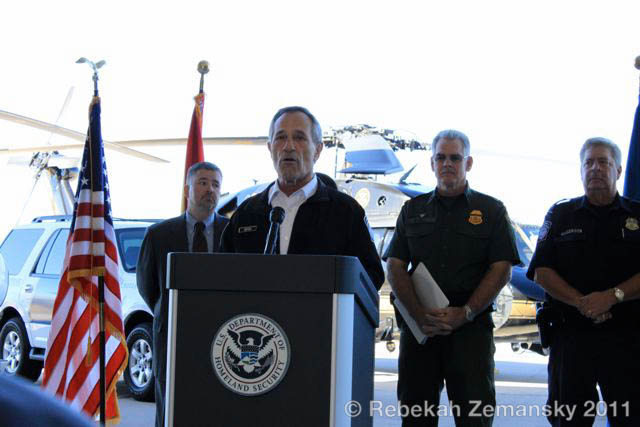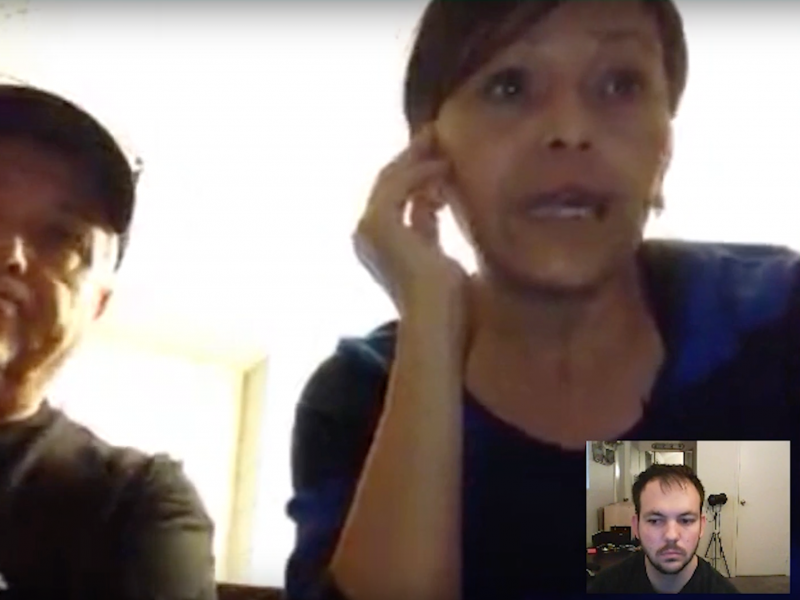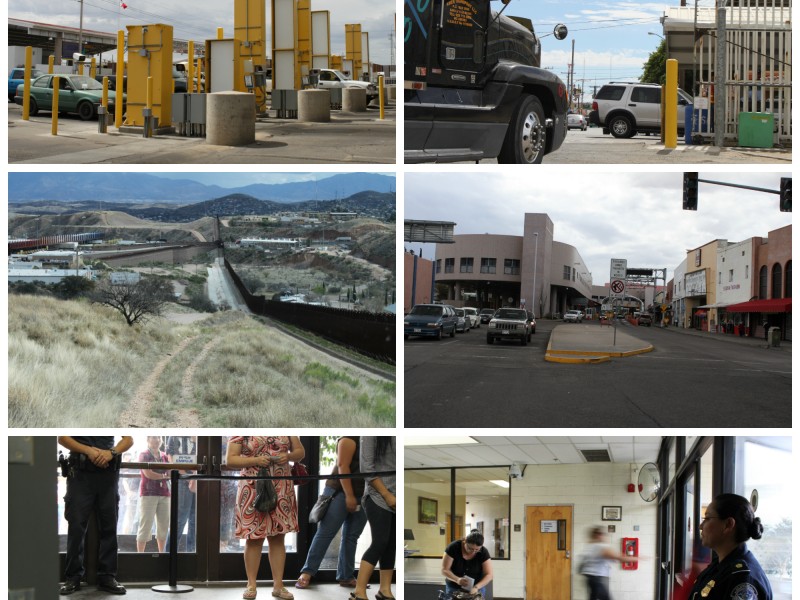Starting this month, I’m forwarding missing persons reports submitted to Missing from Mexico (through the blog and / or social media) directly to Colibri Center for Human Rights. They also take reports directly here. Also this fall is bringing several new projects. I’m excited about them and hope to share more about them here in the future. In the meantime, Missing from Mexico will be going on indefinite hiatus.
2010

Bernie Sanders’ immigration reform plan/El plan de Bernie Sanders por la reforma inmigratoria
|
versión en Español abajo
Bernie Sanders’ immigration reform plan also heavily focuses on the expansion of President Obama’s DACA and DAPA programs and the use of executive actions. In his immigration plan, he outlines his plans to enforce immigration and border security, dismantle for-profit and family detention programs and create a pathway for citizenship. Sanders blames Mexico’s poor economy and waves of immigrants on the North American Free Trade Agreement (NAFTA), even though the Office of the United States Trade Representative states that 30 states report Canada or Mexico as their first or second largest export markets and U.S. manufacturing exports have increased 258% since implemented in 1994. Even the Republican Party frontrunner Donald Trump is against NAFTA. In October of 2015, CBS News reported on the effects of NAFTA.
14th

Donald Trump’s plans for illegal immigrants/El plan de Donald Trump para los inmigrantes
|
versión en Español abajo
Donald Trump’s plans for illegal immigrants during the 2016 presidential elections may be the most aggressive position of any of the candidates. But just how much of his plans for illegal immigrants and his allegations against them are based on facts? The New York City businessman outlines his immigration reform strategy much like a business plan, listing the three core principles of “real immigration reform” and detailing his three-part plan. His three core beliefs, according to his campaign site, are:
“A nation without borders is not a nation.”
“A nation without laws is not a nation.”
“A nation that does not serve its own citizens is not a nation.”
Also, his three plans for immigration reform are to build a wall along the U.S./Mexico border and make Mexico pay for it, “defend the Laws and Constitution of the United States” and “put American workers first.”
Trump officially announced his bid for the Republican nomination for President of the United States in Las Vegas, Nev., on June 16, 2015, by immediately taking a strong stance on immigration control, illegal migration from Mexico and suggesting hardliner plans for illegal immigrants. While the media have been reporting what they deem as radical and racist sentiments from Trump toward Mexicans and other immigrants, like calling them drug traffickers, criminals and rapists, Trump’s campaign page cites his allegations to credible news sources.
what
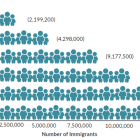
Immigration today in the United States
|
To understand and discuss current proposals and ideas regarding immigration today in the United States and the reform thereof, factual information must be used to argue cases for and against said proposals. While the effects of both legal and illegal immigration can be studied various ways and the details skewered to represent one point of view or another, it would be more reasonable to evaluate the arguments against immigration. The most-apparent misconceptions are that all Hispanics are immigrants, they all immigrated illegally, they all are Mexican and they can’t speak English. The Migration Policy Institute lists the following statistics about immigrants in the United States:
– Approximately 316 million people lived in the United States in 2013. – Of those, approximately 41.3 million, or 13%, were immigrants.
what
Immigration in the 2016 Election
|
“Give me your tired, your poor, Your huddled masses yearning to breathe free, The wretched refuse of your teeming shore. Send these, the homeless, tempest-tossed to me, I lift my lamp beside the golden door!” This has been our nation’s promise to countless numbers of immigrants arriving at Ellis Island and the United States in general from the world over since 1886. However, even as a nation of immigrants created for the freedom and safe-haven of other immigrants, we have polarized our beliefs about who should be here, how to manage their intake and what language they should speak as well as who should not be here and how to keep them out. As a result, the 2016 presidential election and party primary candidates have a tremendous focus on immigration and border security, with GOP front-runner and Washington outsider Donald J. Trump proposing to build a border wall, make Mexico pay for it and deport all illegal immigrants currently in the United States.
MFM updates
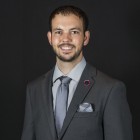
Brian Fore Biography / Biografía de Brian Fore
|
My name is Brian and I am a multimedia reporter studying multimedia journalism and Spanish for the professions. Me llamo Brian y soy un reportero de contenido multimedia y estoy estudiando el periodismo y el español para las profesiones en la Universidad Estatal de Arizona. I have been interested with the written word even since I learned to read, always finding myself reading for hours on end and finishing books in series. Language usage, etymology and syntax always interested me, so I studied French for two years in high school. El uso del lenguaje, la etimología y la sintaxis siempre me interesaban, así que estudié la francés por dos años en la escuela secundaria.
MFM updates
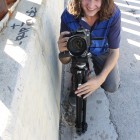
Introducing: Ryan Hayes
|
I met Rebekah in the fall of 2015 when we began to work on a Virtual Reality (VR) Border Project with a goal of showing the world the “Border In Our Backyard” by immersing them with 360 degree (spherical is a more just term) video, binaural audio and excellent broadcast reporting skills that incorporate traditional 2D digital skills that we have acquired at the Cronkite School into the new medium of virtual reality. After less than three months, we covered Arizona edge to edge, visited migrant shelters in Mexico, took two Border Patrol ride alongs, met with Ranchers in Douglas, visited the Pima County Office of Medical Examiner in Tucson and spent a couple of days with Samaritans all to engage audiences with subjectification of reality: letting audiences create their own perception of why there is so much death in the desert through the subjectivity of our characters is the most transparent and honest process for documentation. This extra work creates presence to a story, no matter what medium, but this is why Rebekah’s project is so valuable. Through our work between the New Media Innovation Lab, a startup we have founded with our excellent reporting team (called Terrainial) and her Missing From Mexico project, I believe we are doing something genuinely worthy, beyond money. Engaging those who deal with death has sustenance when you realize no one wants it nor knows what to do with yet are affected by it on a daily basis.
Arizona

Introducing: Mykaela Aguilar
|
When I was 11 years old I made the decision to become a journalist. I took speech and drama classes so I could develop a better TV presence, and routinely practiced the intro to the KOB channel 4 News. “Live, local, late breaking, this is Eyewitness News 4, today at 10.”
After a tragic graduation speech in 2012, when no one laughed at my, “how about that ride in” joke, I knew I shouldn’t be allowed to speak to the masses ever again. I was three months away from attending journalism school, so being the lazy daisy that I am I simply switched my focus to writing. Turns out that is one of the better decisions I’ve ever made.
MFM updates
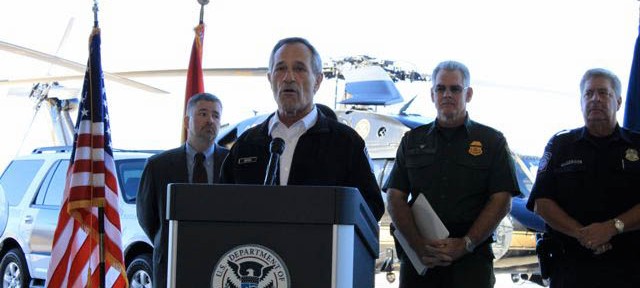
MFM blog update: Introducing interns
|
I’ve been pretty quiet lately but there have been things happening behinds the scenes including the site redesign, fieldwork and three interns coming on board from the ASU’s Walter Cronkite School of Journalism and Mass Communications. There’s few site tweaks still happening so if something’s not working let me know (and hopefully it’s already on its way to being fixed, like making comments show up for pages – they’re not gone, just hiding!). Mykaela, Ryan and Brian have also been doing fieldwork this semester and are getting ready to present their work here. Come back and read what they have to say. I’ll let them introduce themselves to you…
behind the scenes
Lanterns for Maria
|
Just over three years ago Maria Dorantes disappeared. Better known to her friends and family as Chayo, she last contacted her family from the Sonoran border town of Altar on February 25, 2011, and told them she’d soon be trying to cross the border and return to their Los Angeles area home. On a chilly February evening about three weeks ago, Maria’s coworker-turned-friend-turned-sister Robin and Maria’s three sons, now 20, 16 and 13 gathered on Seal Beach. With a stiff breeze coming in off the sea, they struggled to hold lighters steady below inflatable paper lanterns. Flames raced across the strings from the fuel pack and up the sides of the first lantern, the second drooped sideways into its own heat and both went up in flames.
Arizona
Violencia Domestica / Domestic Violence: The JCCF Lifelines project
|
Julie Rosen, Acting Director of CPLC’s domestic violence shelter in Phoenix, Ariz. – from Rebekah Zemansky on Vimeo.)
dc/vawa: Julie Rosen (rough cut) from Rebekah Zemansky on Vimeo. In the fall of 2010, I did a story that grew out of the same reporting behind this blog (Unidentified Dead Common on the Border) for Cronkite News called Trapped in violence: Undocumented abuse victims face hurdles. The story explored how provisions in The Violence Against Women Act are designed to help undocumented women who are experiencing domestic violence, women who may be less likely to report or leave situations that are dangerous for themselves and their families because they are afraid of deportation and family seperation (especially if their abuser has legal status in the U.S.). Extra material from the story became a supplementary page, Undocumented Abuse.
